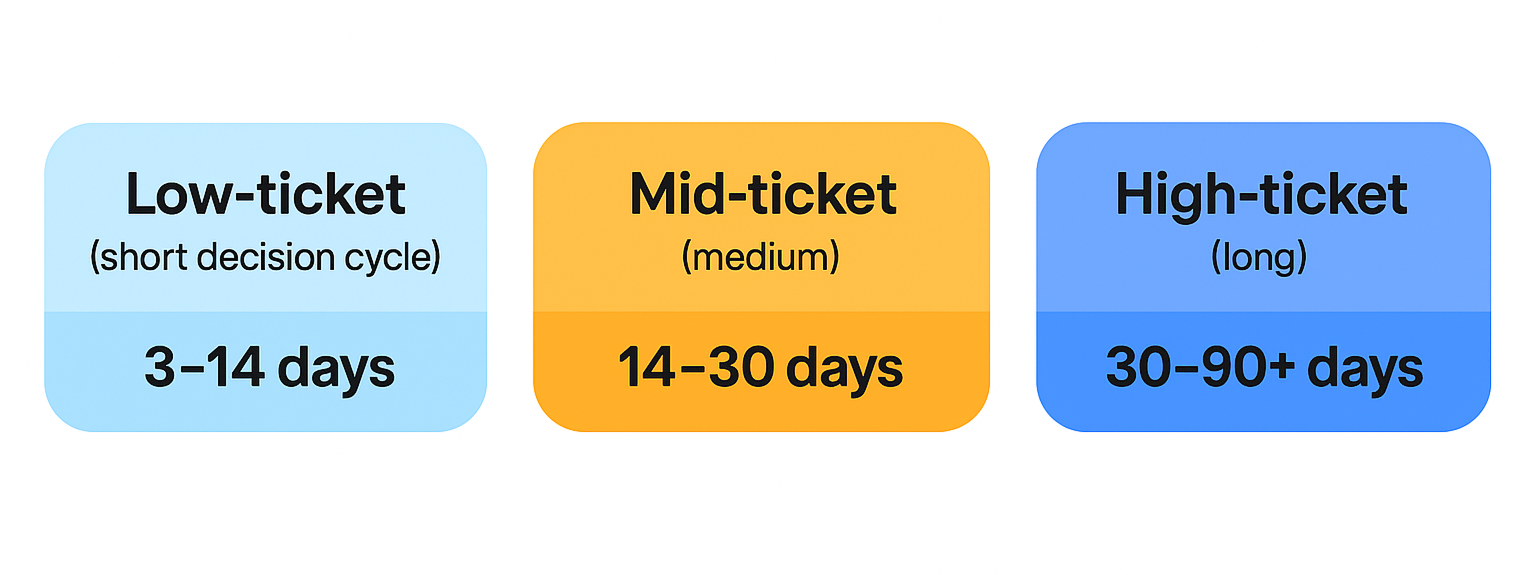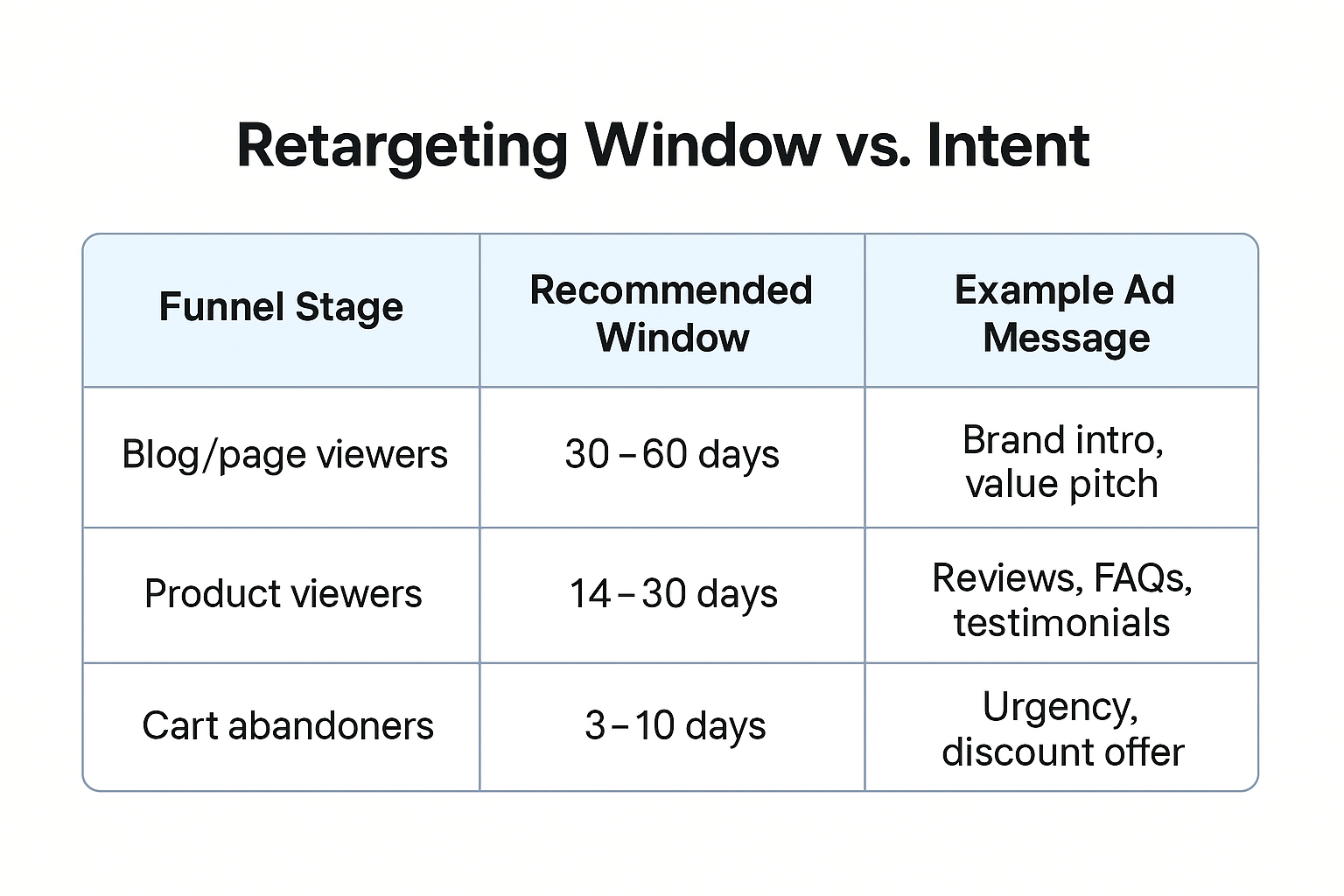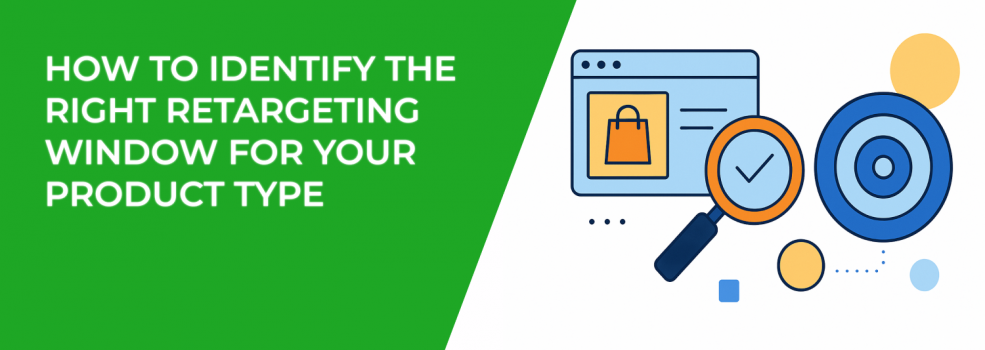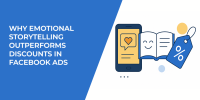If you’ve run Facebook or Instagram ads, you’ve likely faced this challenge: how long should you keep retargeting someone who didn’t convert right away?
Choosing the right retargeting window — the number of days between a user’s first interaction and the last ad they’ll see — is critical for maximizing ROI without annoying your audience. It can mean the difference between warm conversions and wasted spend.
But how do you actually determine the perfect retargeting window for your product? Let’s walk through it.
What Is a Retargeting Window?
A retargeting window is the time frame you allow your ads to follow a user after they engage with your brand. For example, if someone visits your product page today and your retargeting window is 30 days, they could see your ads for the next month — unless they buy, opt out, or the window expires.
This isn’t just a technical setting. It's a strategic lever. A retargeting window that’s too short could miss conversions. One that's too long could result in ad fatigue, overspend, and targeting the wrong people.
Understanding how different products require different buying decisions is the key to dialing this in.
Why Product Type Changes Everything
Your product determines how long people need to decide — and that determines how long you should follow them with ads.

Let’s break it down:
Impulse Buys (Low-Ticket Items)
Think: phone cases, costume jewelry, or inexpensive gadgets. These decisions often happen quickly — sometimes within hours.
Recommended window: 3–14 days
Your focus here should be on immediacy and urgency. Use strong CTAs and limited-time offers to push them over the edge.
If you're seeing low engagement during this window, you might be over-targeting or showing the same ad too often. Watch out for signs of fatigue. Here’s how to spot ad fatigue early and fix it fast.
After that point, your ads are just noise.
Mid-Ticket Purchases
Think: premium apparel, smart home devices, or wellness subscriptions. Shoppers here need more comparison and consideration time.
Recommended window: 14–30 days
Test different messaging as the window ages:
-
Days 1–7: urgency and social proof;
-
Days 8–20: detailed product info, comparisons, and reviews;
-
Days 21–30: last-chance offers, bundles, or new arrivals.
This group can be highly valuable, especially if your audience targeting is well-structured.
High-Ticket or Complex Products
Think: B2B SaaS, high-end electronics, furniture, or coaching programs. These purchases may involve budget approvals, demos, or multiple stakeholders.
Recommended window: 30–90+ days
It’s a long game. You’ll need layered messaging:
-
Case studies;
-
ROI calculators;
-
Free trial offers;
-
Re-engagement content like testimonials or founder stories.
Make sure your ad creative aligns with this longer journey. For instance, if your high-CTR ads aren't converting, it may be due to weak audience alignment. Here’s what to do when your Facebook ads aren’t converting.
How to Choose the Right Retargeting Window
Even with the product category guidance above, you still need to test what works for your funnel and your audience.
Here’s a clear process:
1. Know Your Average Purchase Delay
Look at analytics to find the time between a visitor’s first touch and their purchase. That’s your base benchmark. If your analytics show most conversions happen within 12 days, a 14–21 day window might work best.
If you don’t have that data yet, start with the averages listed above — then adapt.
2. Segment by Funnel Stage
Someone who viewed a blog post isn’t the same as someone who added to cart.

Use different windows for:
-
Page viewers: 30–60 days;
-
Product viewers: 14–30 days;
-
Cart abandoners: 3–10 days.
Each group is at a different level of buying intent. Match your window — and creative — accordingly.
To build these audiences effectively, refer to our step-by-step breakdown on how to define a target audience for marketing.
3. Test and Monitor
Try running campaigns with three different retargeting windows (short, medium, long). Watch performance across:
-
Cost per result;
-
Frequency;
-
CTR and conversion rate.
You might find a 60-day window brings in some delayed conversions, but at a poor cost per acquisition. In that case, shorten it.
Also — if you’re getting the dreaded "ad set may get zero" warning, it could be because your window is too tight for your audience size. Learn how to fix that here.
Tips to Make Retargeting Windows Work Harder
-
Use exclusions: exclude recent buyers from seeing "buy now" ads; instead, upsell or ask for a referral.
-
Vary ad creative: don't show the same message for 60 days straight; change the format, offer, and hook.
-
Watch the frequency: high frequency over time without action means wasted spend; cap impressions or shift strategy.
-
Refresh your audience: if users don’t act after 45 days, reclassify them as cold leads and use broader awareness campaigns.
If you're unsure how to balance this, explore our post on Facebook ad targeting 101.
Final Thoughts
Retargeting works — but only when you hit that sweet spot between relevance and timing. Your ideal window depends on how quickly your customer makes decisions, the price and complexity of your product, and how strong your messaging is across the funnel.
Don’t treat every product or audience the same. Segment. Test. Refine. And revisit your data every quarter to keep your window optimized.
Because in paid media, timing isn’t everything but it’s close.

